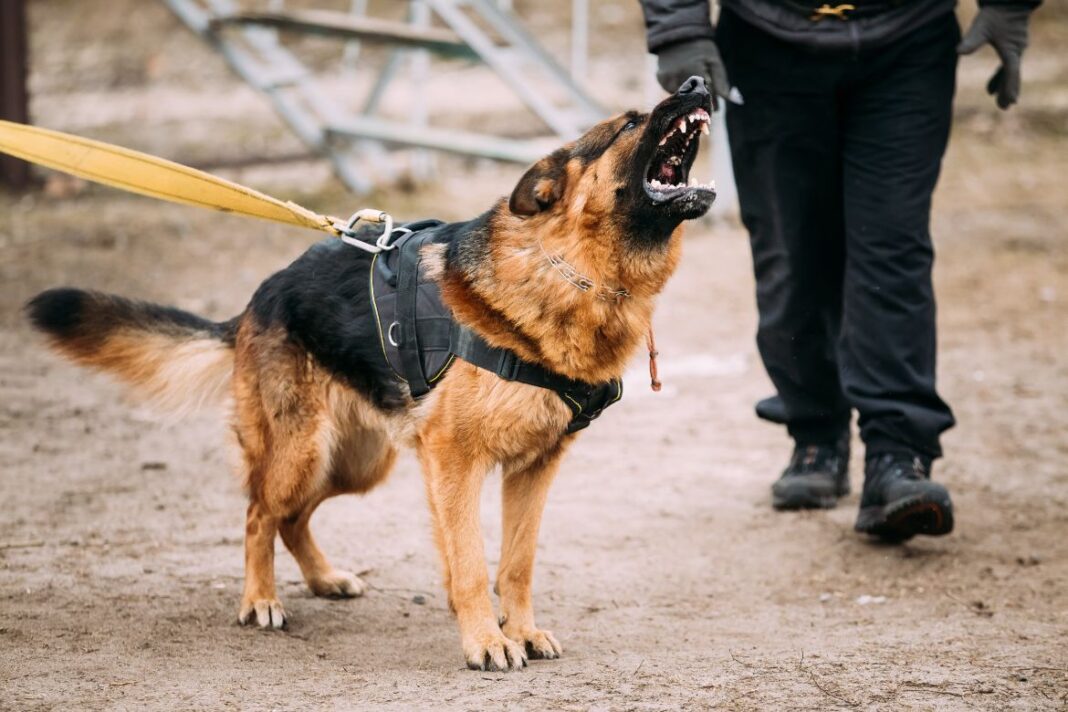Training your dog is an essential part of responsible pet ownership, and it contributes significantly to a harmonious relationship between you and your furry friend. However, navigating the world of dog training can be challenging with numerous methods and advice available. In this comprehensive guide, we will explore top-notch dog training techniques and strategies to help you raise a well-behaved and happy canine companion.
The Significance of Effective Dog Training
Effective dog training is vital for various reasons:
1. Safety: A well-trained dog is less likely to engage in dangerous behaviors or put themselves at risk.
2. Communication: Training enables you to communicate effectively with your dog, creating a deeper understanding between you both.
3. Behavioral Issues: Proper training can prevent or address behavioral problems, including aggression, anxiety, and excessive barking.
4. Quality of Life: A well-behaved dog can enjoy a more fulfilling life, participating in activities and outings without causing stress or inconvenience.
Best Dog Training Practices
Let’s dive into the best practices for dog training:
1. Positive Reinforcement:
Utilize positive reinforcement by rewarding your dog with treats, praise, or toys when they exhibit desired behaviors. This method encourages your dog to repeat these behaviors.
2. Consistency:
Consistency is essential for effective training. Ensure that everyone in your household uses the same commands and follows the same rules to avoid confusing your dog.
3. Early Start:
Commence training as early as possible, preferably during puppyhood. Early socialization and training are key to raising a well-adjusted adult dog.
4. Short, Frequent Sessions:
Keep training sessions short and frequent. Dogs have limited attention spans, so opt for multiple 10-15 minute sessions throughout the day rather than one lengthy session.
5. Clear Commands:
Employ clear and consistent verbal cues for commands. Keep commands simple and distinct to prevent confusion.
6. Patience and Persistence:
Be patient with your dog, and don’t give up if they don’t grasp a command right away. Dogs learn at their own pace, so persistence is key.
7. Gradual Progression:
As your dog becomes proficient in basic commands, gradually introduce more complex tasks and challenges to keep their mind engaged.
8. Socialization:
Expose your dog to various people, animals, and environments during their early months. Proper socialization is crucial for their development.
9. Exercise and Mental Stimulation:
Regular physical exercise and mental stimulation are essential for your dog’s well-being. Engage in activities such as fetch, puzzle toys, and obedience training to keep them active and mentally sharp.
10. Professional Training:
Consider enrolling in a dog training class or seeking guidance from a professional dog trainer, especially for advanced or specialized training requirements.
Common Training Pitfalls to Avoid
While mastering the art of dog training, it’s important to steer clear of common pitfalls:
1. Punishment-Based Training:
Avoid harsh punishments or physical correction methods. Positive reinforcement is a more humane and effective approach.
2. Inconsistency:
Inconsistent training commands and rules can confuse your dog and hinder their progress.
3. Neglecting Socialization:
Failure to provide early socialization experiences can lead to fear and aggression issues in the future. Ensure your dog encounters various experiences and stimuli.
4. Impatience:
Impatience can lead to frustration for both you and your dog. Training takes time, so be patient and persistent.
5. Overindulging in Treats:
While treats are valuable for positive reinforcement, be cautious not to overfeed, which can result in weight problems.
Conclusion
Effective dog training is an ongoing journey that demands dedication, patience, and a commitment to positive reinforcement. By adhering to the best dog training practices and steering clear of common pitfalls, you can cultivate a strong bond with your dog, ensure their safety, and elevate their overall quality of life. Whether you’re teaching basic commands or advanced tricks, remember that the process of training is not only rewarding but also deepens the connection between you and your cherished canine companion.










